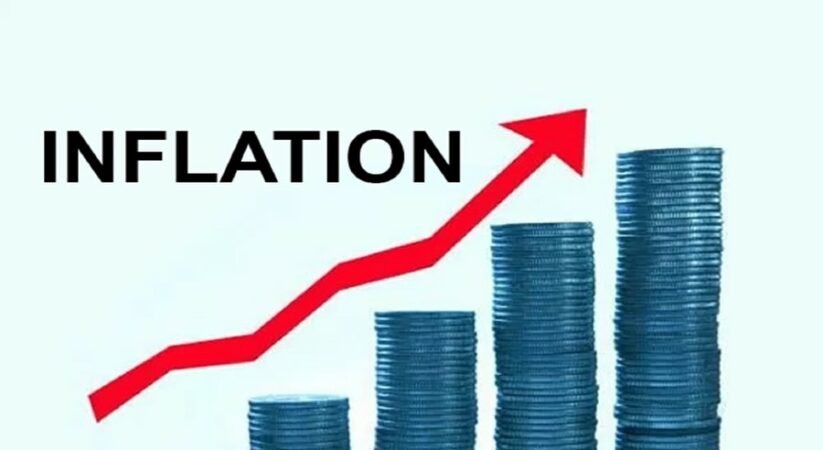Inflation is generally defined as an overall increase in the prices of goods and services over time. According to the IMF, the global inflation rate in 2023 was 6.8%, with developed countries seeing inflation at 4.6% and developing countries seeing inflation at 8.3%. Regions with the highest inflation rates included Central Asia and the Caucasus, where prices rose by 38.8%. East Asia had the lowest inflation rate at just 1%. In its April 2024 World Economic Outlook report, the IMF noted that global inflation was slowly but steadily declining.
The report projects that global inflation will fall to 5.9% by 2024 and 4.5% by 2025. In developed countries, inflation is expected to fall to 2.6%, while it is expected to remain stable in developing and emerging markets. Moreover, the projected fall in core inflation will be 1.2% in 2024 compared to just 0.2% in 2023. Core inflation refers to price increases in all sectors except food and energy. These sectors have proven to be highly volatile, so including them in measuring core inflation may create a skewed picture.
The IMF also expects inflation to fall more quickly in developed countries than in emerging countries. The report says developed economies will return to pre-pandemic inflation rates (2%) by 2025, one year earlier than emerging and developing economies. However, there are large variations in inflation rates among emerging countries. The inflation forecast for emerging Asia is around 2.4%, mainly due to lower inflation in China and Thailand. The estimate for emerging Europe is around 18.8%, but this is due to higher inflation in Turkey.
Look at 5 countries with the highest inflation in the world.
5. Argentina
- Inflation rate (2023): 133.5D
Argentina’s inflation rate has risen since 2020, reaching 249.8% in 2024. Historically, the Argentine economy has had decades of excessively high inflation. Economists cite several causes for the crisis, including excessive government spending and money printing.
4. Sudan
- Inflation rate (2023): 171.5D
Sudan’s inflation rate has been over 100% since 2020, making it one of the countries with the highest inflation in the world. The main reasons for this price hike include excessive printing of money and food shortages.
3. Lebanon
- Inflation rate (2023): 221.3D
Lebanon ranks third in the list of countries with the highest inflation in the world. Inflation rate exceeded 100% in 2021 and has remained at this level since then. One of the main reasons for the rise in inflation was the high importation of goods, including staples such as wheat. Most of Lebanon’s wheat supply comes from Russia and Ukraine, and the war caused major disruptions to supplies.
2. Venezuela
- Inflation rate (2023): 337.5D
Venezuela’s hyperinflation crisis began in 2016 due to excessive money printing as a response to fiscal problems. However, this caused inflation to rise sharply, reaching 65,000% in 2018. Additionally, Venezuela’s economy has been weakened by years of sustained budget deficits and falling oil prices, on which the country is heavily reliant.
1. Zimbabwe
- Inflation rate (2023): 667.4D
Zimbabwe ranks first in the list of countries with the highest inflation in the world. According to IMF forecasts, inflation has fallen to 561% in 2024, but is still expected to remain above 400% until 2029. The country is under heavy sanctions from the United States, the European Union, and the IMF, which are believed to be a contributing factor to the hyperinflation.
A falling exchange rate also contributed to rising prices. In April 2024, the country introduced a new gold currency called ZiG in hopes of combating decades of high inflation. Currently, around 85% of transactions in the country are conducted using the US dollar, and it remains the trusted currency for most people.
- Mac Miller’s Long-Awaited Album ‘Balloonerism’ Drops Soon - November 22, 2024
- WhatsApp Announces Upcoming Voice Message Transcription Feature - November 22, 2024
- Google doodle celebrates the Lebanon’s Independence Day - November 22, 2024





